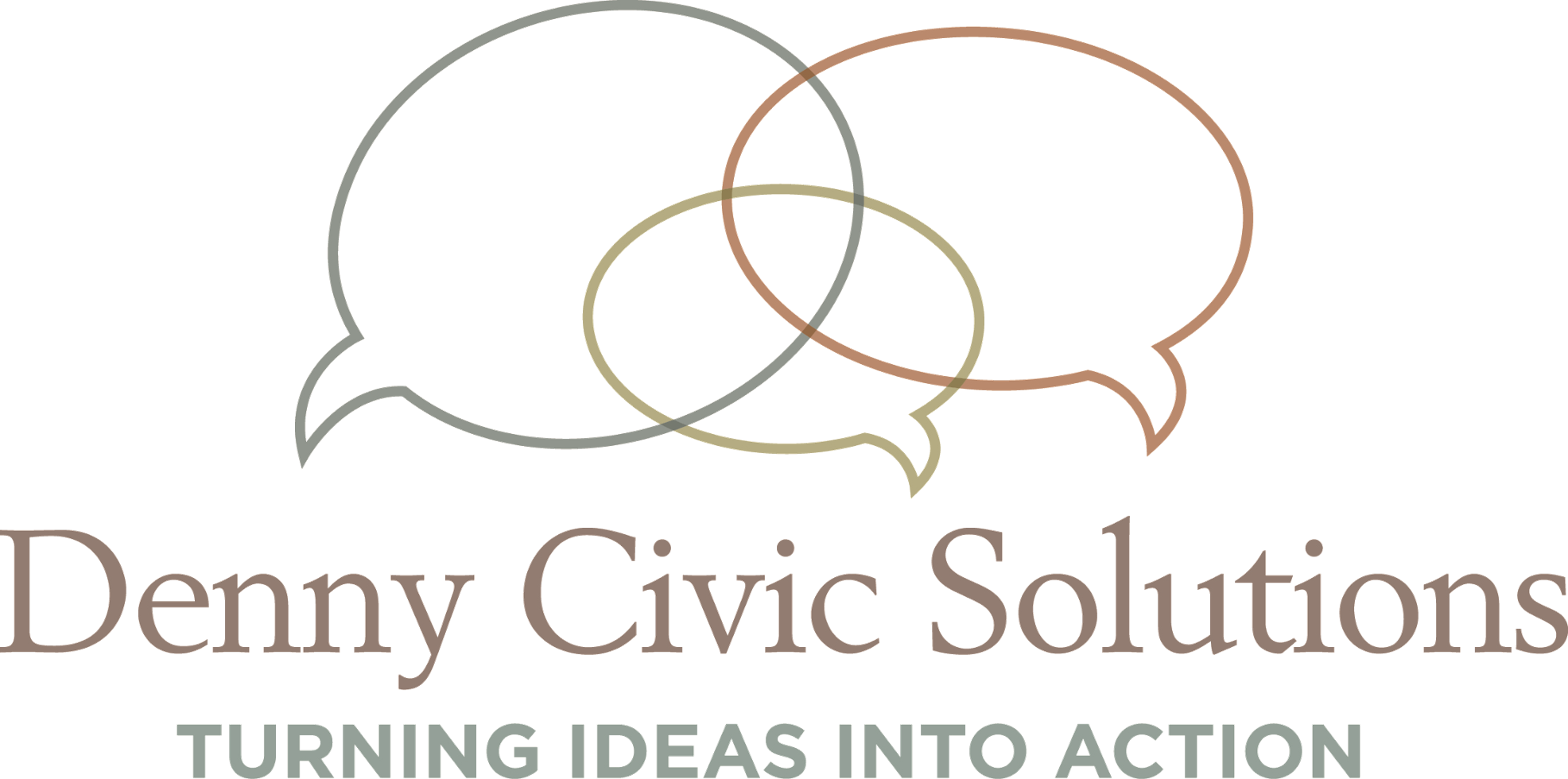The Do’s and Don’ts of Strategic Event Planning
At Denny Civic Solutions, living up to our vision of making change for the common good frequently means helping clients plan events that advance their policy agenda.
Last month, we looked at three recent client events that did just that, each designed to help our clients’ causes stand out from the crowd.
This month, we’re digging into key lessons learned from all that advocacy event planning experience. Here are our top do’s and don’ts of strategic event planning:
DO pick a venue that reinforces your message
After passing Owen’s Law to grant Medicaid coverage milk donated to help medically fragile infants, where better to host the bill signing than the Mid-Atlantic Mothers’ Milk Bank?
Or what if you want to drive home the link between the skills used in the growing “Maker” movement and those needed for advanced manufacturing? Host the press conference at one of Pittsburgh’s premier maker spaces.
And don’t even get us started on the Great Pennsylvania Voteswagon Tour, where the titular camper van stopped at unique sites, local oddities, and beloved institutions across PA that help define their communities (and, not coincidentally, their legislative districts). After all, nothing draws media attention quite like hosting your event in front of a giant fiberglass dragon.
In short, your venue should say something about your cause – without even having to, well, say it.
DON’T believe the “if you build it, they will come” myth
It may hold true for ghostly baseball games, but this adage most certainly does not work when it comes to press conferences or other targeted media events.
You know what does get reporters to cover your event? Press calls — and lots of ‘em — before and after. Building a press kit with your release, photos, video, and other collateral to make it easy for busy reporters to write their story. And (on a related note to our first “Do”), picking a venue that makes it convenient for resource-stretched newsrooms to send someone out.
DO offer a hybrid option
While we may have moved on from the all-virtual, all-the-time approach to advocacy brought on by the COVID pandemic in 2020, ensuring your advocacy event has a hybrid component is still very much the way to go.
While there’s nothing quite like hitting the hallways in the Capitol, if you expect every one of your advocates to make it to Harrisburg on a busy Tuesday morning, you’re leaving a whole bunch of people out. That’s why we help clients like PCNP design Hybrid Lobby Days, that combine the immediacy of in-person government relations with the inclusive power of digital advocacy. Speaking of which…
DON’T forget to make accessibility a priority
One of the major benefits of digital advocacy is that it allows supporters from all walks of life to make an impact on policymakers.
Among other benefits, an online contact-your-legislator component helps ensure that people with disabilities can take part (especially when you consider the challenges posed by transportation, the cost of a personal assistant, and the notoriously inaccessible PA Capitol Building).
It also means that individuals who can’t bear the cost of traveling across the state or taking the day off work have the ability to participate. And it ensures that folks from all corners of the Commonwealth can take part — not just those within easy driving distance. Because EVERY advocate matters!
DO get buy-in from your legislative champions
If you’re working on advancing a specific piece of legislation, make sure you invite your lead bill sponsors/legislative champions to your event, coordinate with them on logistics, and ensure they have a starring role.
Not only does it (a) boost your odds of media coverage, (b) make it easier to secure a spot in the Capitol, and (c) recognize their hard work, but it also energizes your legislative champions — making them fight even harder on behalf of the cause.
DON’T forget to have fun
We know, it sounds like advice you’d give a kids’ soccer team. But since our team at DCS takes having fun seriously, it actually matters a lot when it comes to event planning.
Events are a chance for our clients to get their message out there, meet with key stakeholders, and engage their supporters. They should be energizing, from the planning process through to execution. Free-flowing brainstorming sessions in advance help come up with creative ideas (like hundreds of Eat N’ Park cookies, or legislative district puzzle maps, or…that aforementioned fiberglass dragon) that not only make your event engaging — but make it memorable for lawmakers and participants alike.




